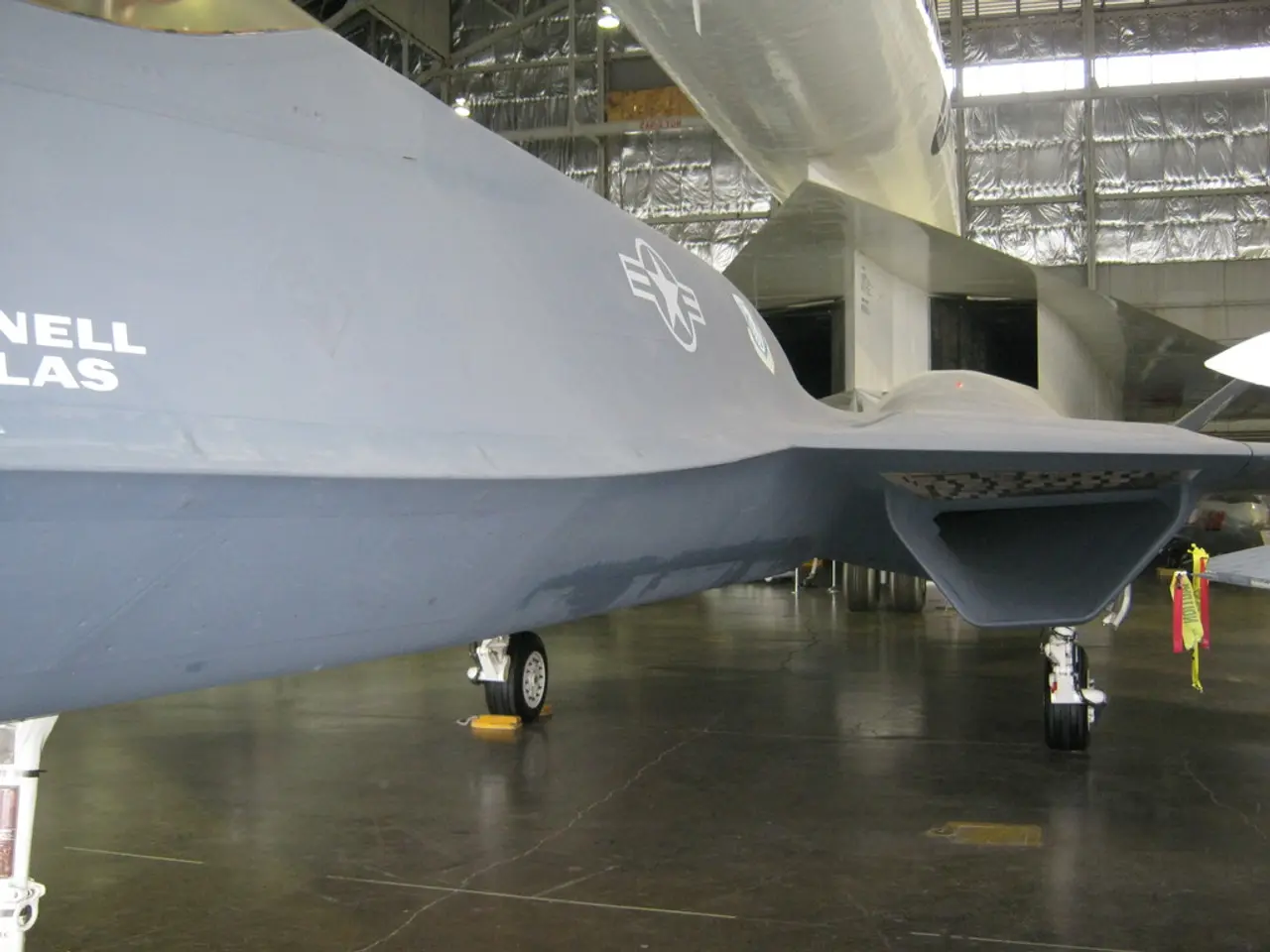Intense Air Turbulence on Long-Haul Flight: 25 Passengers Admitted to Hospitals - Intense turbulence during long-haul flight results in 25 passenger hospitalizations
In an unexpected turn of events, Delta Air Lines' Airbus A330-900 flight from Salt Lake City to Amsterdam was diverted to Minneapolis-Saint Paul International Airport on Wednesday evening due to severe turbulence. The flight, Delta DL56, landed safely at the Minnesota airport around 7:59 pm local time, about an hour and a half after the turbulent episode.
According to reports, the flight experienced a sudden drop of more than 400 meters in the following 30 seconds, as data from Flightradar24 indicates. This unexpected altitude change caused injuries on board, resulting in 25 passengers being taken to local hospitals for examination and treatment.
The spokesperson for the airport confirmed the diversion, attributing it to the turbulence during the flight. Delta Air Lines expressed gratitude towards the responding emergency services for their quick and efficient response. Medical personnel met the passengers and crew upon landing, providing immediate assistance to those in need.
CNN and ABC reported on the incident, citing it as a result of turbulence during the flight that caused injuries on board. The airline made a statement confirming the diversion and the turbulence incident. There were 275 passengers and 13 crew members on board the flight.
Severe turbulence on long-haul flights, particularly from the USA to Europe, is often caused by atmospheric phenomena such as unexpected wind shear, clear air turbulence (CAT), and climate change effects that increase the frequency and intensity of such events. These flights often encounter turbulent conditions over the North Atlantic airspace where jet streams and changing weather patterns create unstable airflows.
Clear Air Turbulence (CAT) is a significant contributor to these incidents, as it often occurs at cruising altitudes without visual cues like clouds, making it difficult to predict or avoid. It arises near jet streams where high-speed air currents moving at different speeds or directions meet.
Long-haul transatlantic flights typically cross strong jet streams and variable weather systems that can create severe turbulence. Recent reports and expert analyses suggest that climate change is making episodes of turbulence more frequent and severe by altering wind patterns and increasing atmospheric instability at high altitudes.
In summary, severe turbulence on these flights results from complex interactions of natural atmospheric phenomena, amplified by evolving climate conditions, rather than specific aircraft or airline-related causes. The Delta A330-900 flight from Salt Lake City to Amsterdam serves as a stark reminder of the unpredictable and hazardous nature of these events, which can cause injuries even on large aircraft like the Airbus A330-900.
Despite the general-news about the Delta Air Lines' Airbus A330-900 flight diversion from Salt Lake City to Amsterdam due to severe turbulence, the incident highlights the lifestyle and travel challenges faced by passengers, especially during long-haul flights. The unexpected accidents caused by clear air turbulence at cruising altitudes can drastically alter one's travel plans and bring to light the need for improved prediction and avoidance methods in the travel industry.





